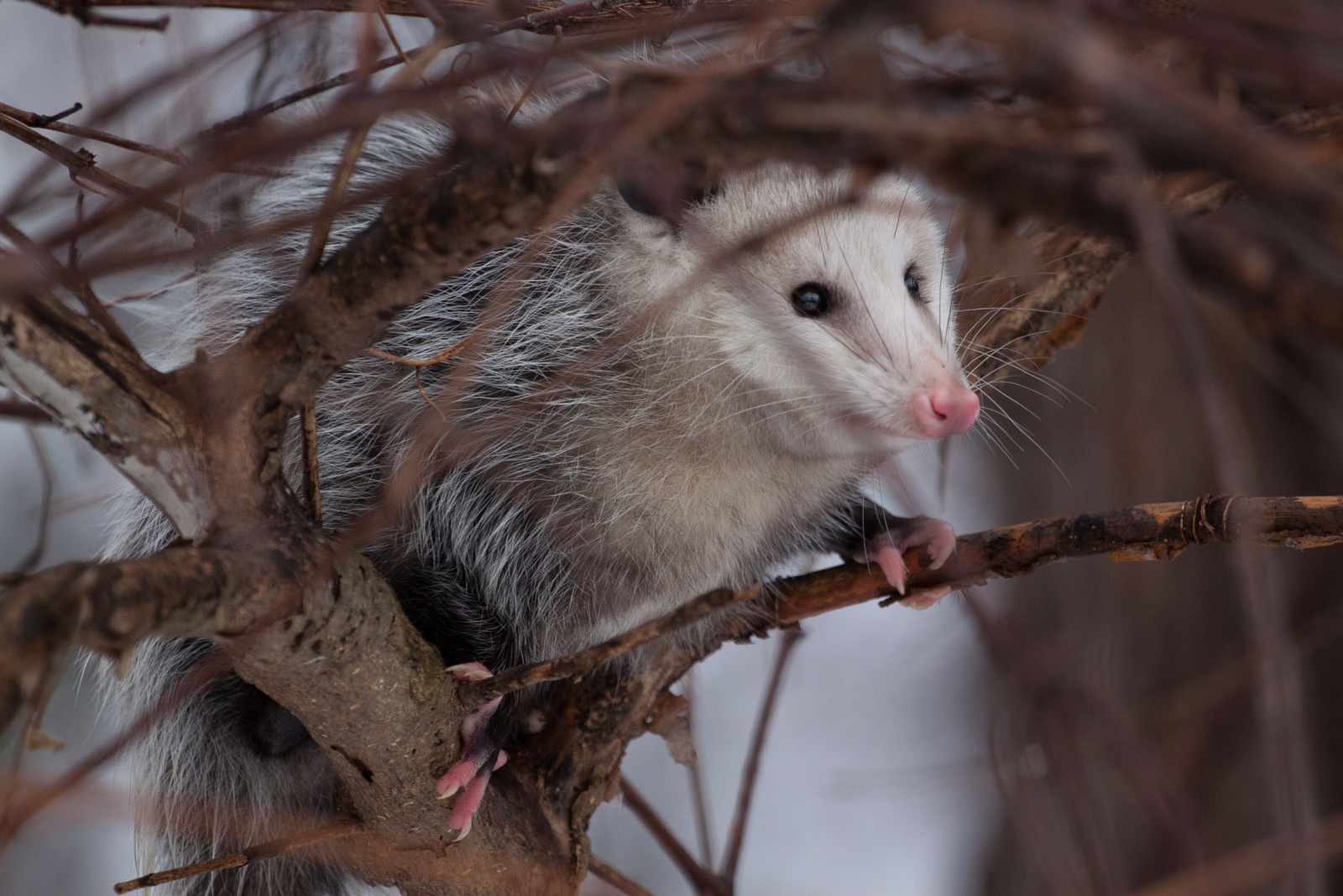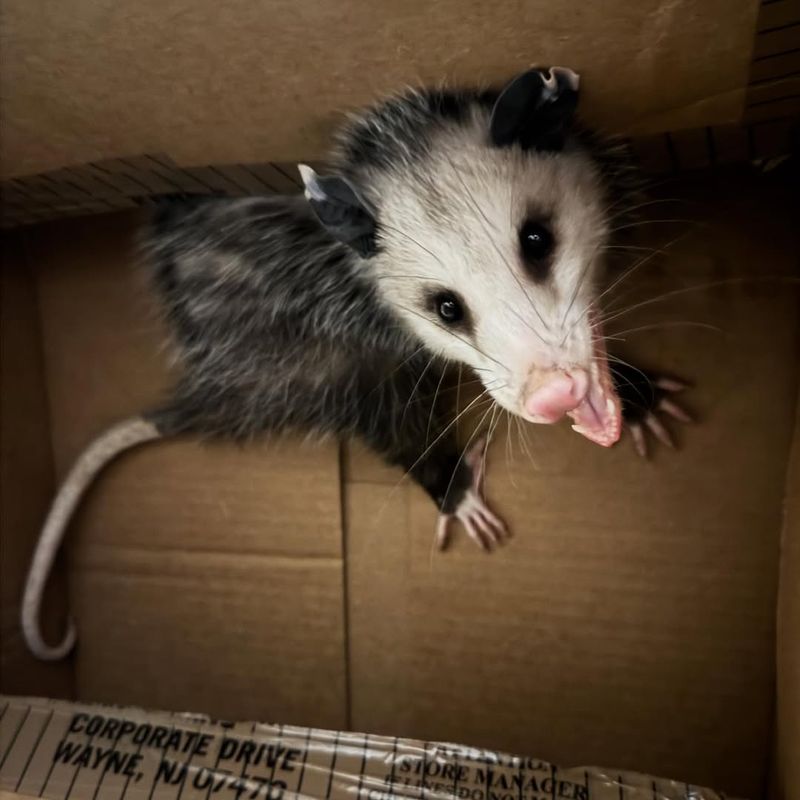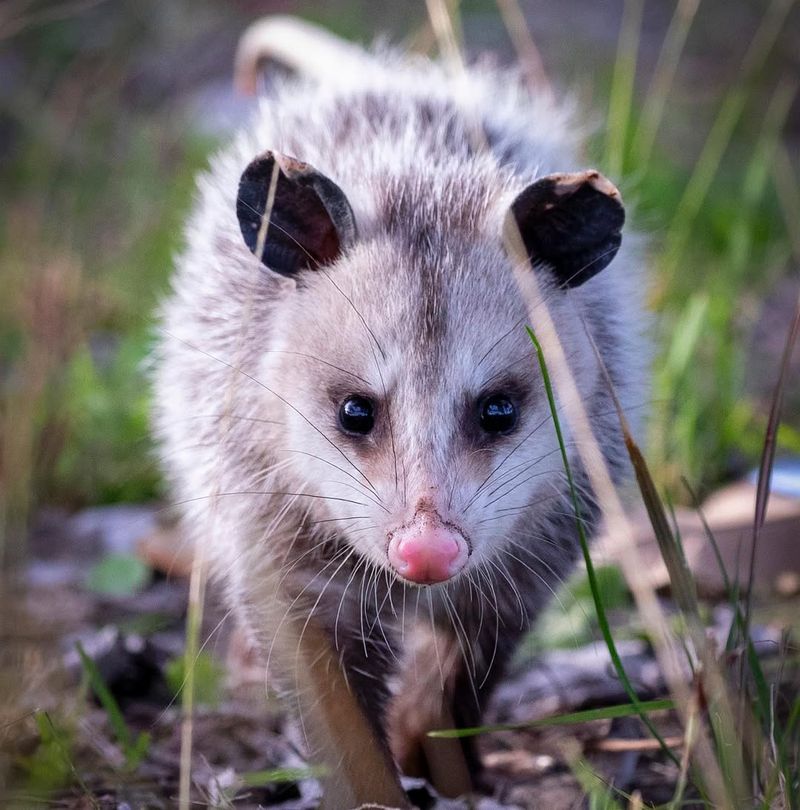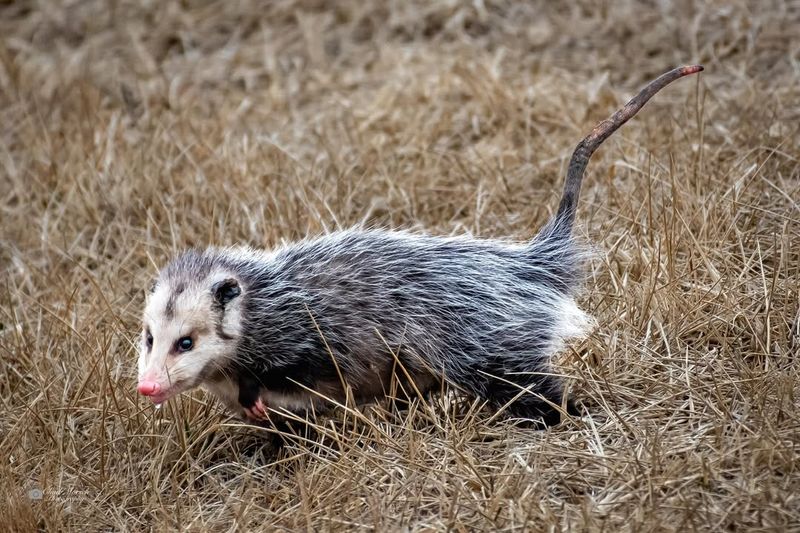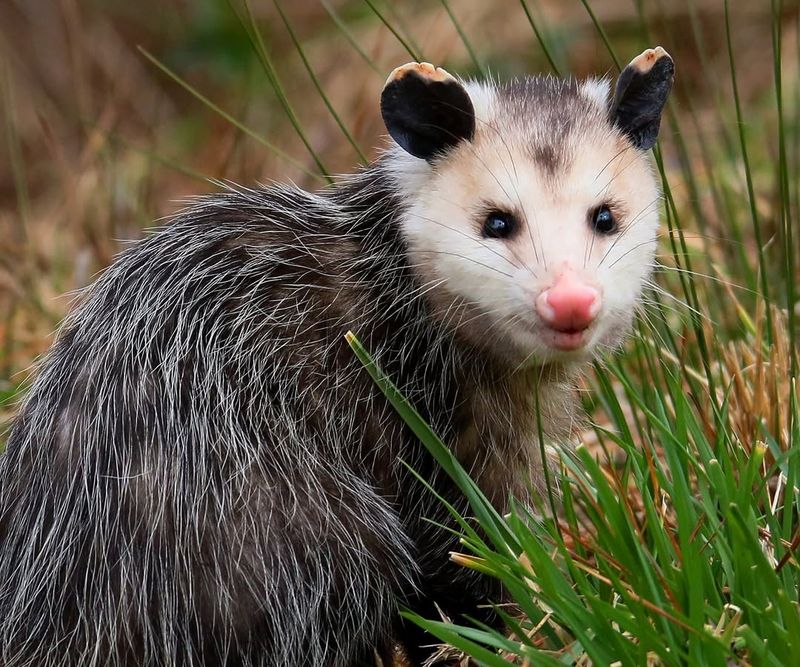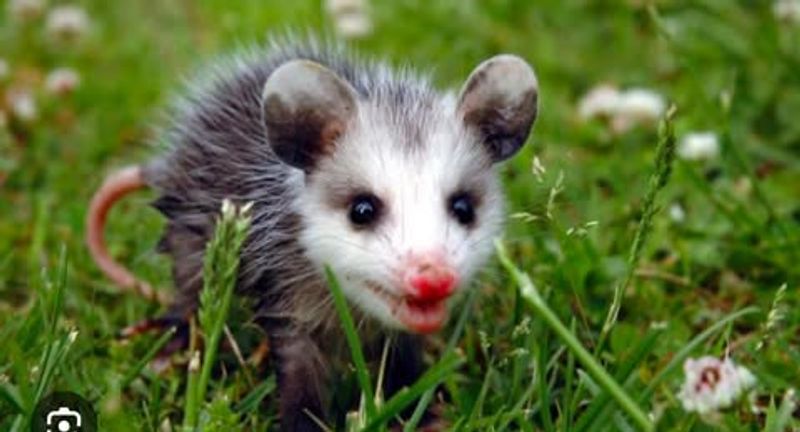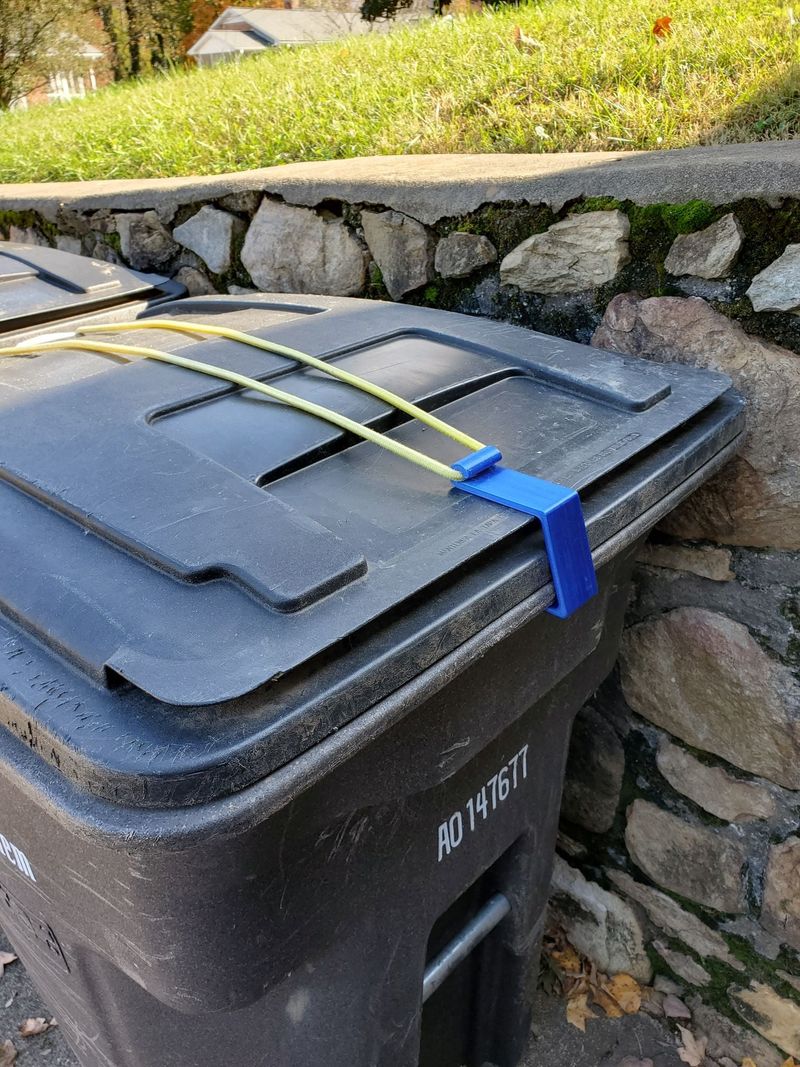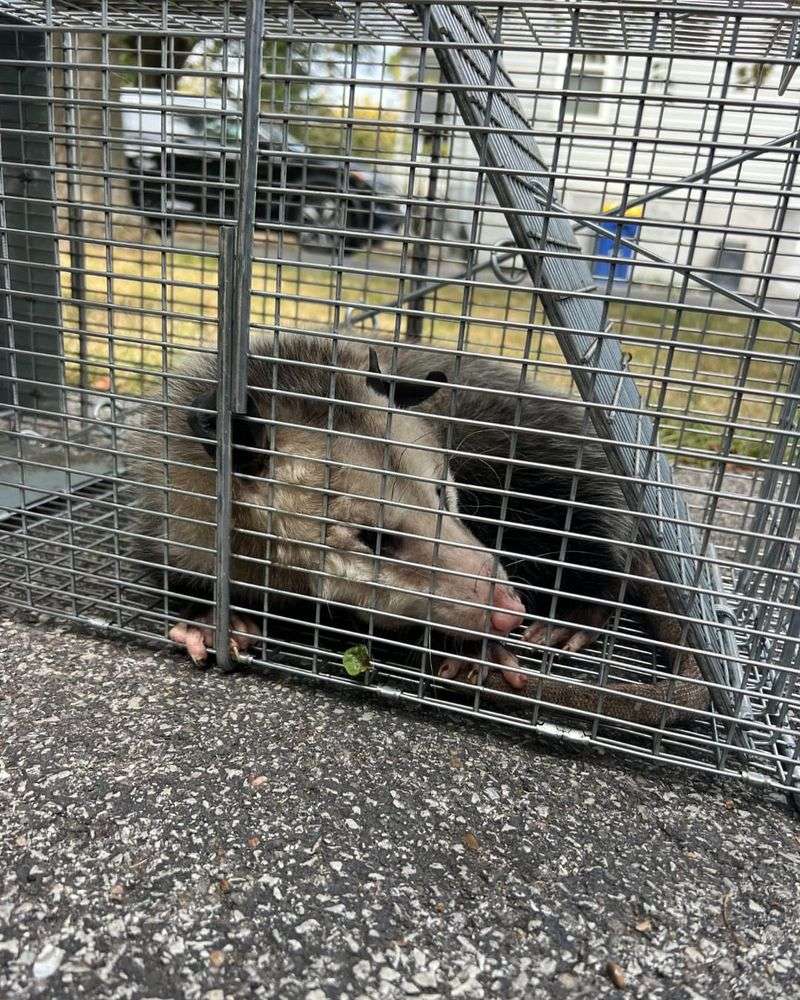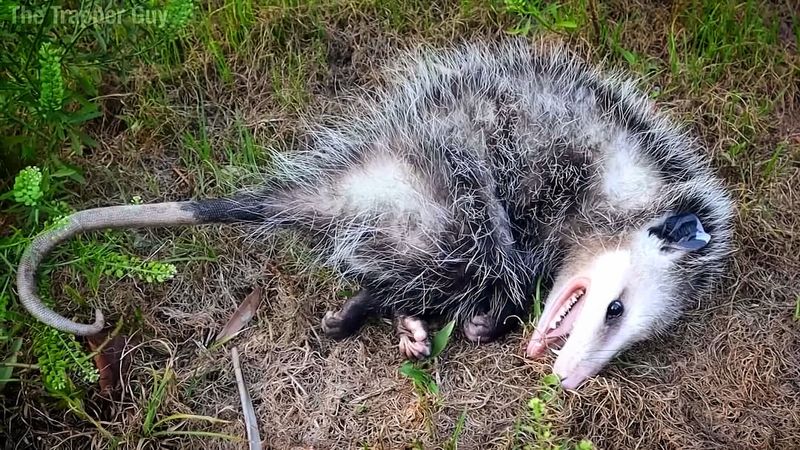When a possum shows up around your Kansas house, it can feel like you’ve suddenly inherited a very strange, very uninvited tenant. They hiss, they waddle, and they’ll happily rummage through anything they can get their paws on.
But before you go charging in with gloves and a game plan, pump the brakes. Possums play an important role in the ecosystem, and Kansas law has a few things to say about how—and if—you can remove them. Learning the do’s and don’ts upfront can keep you out of hot water and help you make the smartest move.
1. Possums Are Actually Helpful Neighbors
Many homeowners don’t realize that possums provide valuable services to your property. A single possum can eat up to 5,000 ticks in one season, drastically reducing your risk of Lyme disease and other tick-borne illnesses.
They also munch on cockroaches, rats, mice, and venomous snakes that wander into your yard. Instead of being pests themselves, possums act as natural pest controllers.
Before deciding to remove them, consider whether their presence might actually be solving bigger problems around your Kansas home.
2. Kansas Laws Regulate Wildlife Removal
You can’t just remove wildlife however you please in Kansas. State regulations require specific permits and methods when trapping or relocating possums from your property.
The Kansas Department of Wildlife and Parks oversees these rules to protect both animals and people. Violating wildlife laws can result in hefty fines or legal consequences you definitely want to avoid.
Always check current regulations or contact a licensed wildlife professional before taking action. What seems like a simple solution could land you in unexpected trouble with authorities.
3. Possums Rarely Carry Rabies
One common fear keeps many people from tolerating possums: rabies. Good news—possums have an incredibly low body temperature that makes it nearly impossible for the rabies virus to survive in their system.
Scientists have found that possums are far less likely to carry rabies than raccoons, skunks, or bats. Their body temperature hovers around 94 degrees, too cool for the virus to thrive.
While you should never handle wild animals barehanded, possums pose minimal rabies risk compared to other Kansas wildlife.
4. Relocation Often Leads To Tragical Ending
Trapping and moving a possum to a new location sounds humane, but it’s often a death sentence. Possums have specific territories they know well, including food sources, water, and safe shelter spots.
When dropped in unfamiliar areas, they struggle to find resources and often starve or fall victim to predators. They also face aggression from possums already established in that territory.
If removal is necessary, work with professionals who understand proper relocation practices, or consider exclusion methods that encourage possums to leave naturally.
5. They’re Just Passing Through Anyway
Possums are nomadic creatures that rarely stay in one place for long. Unlike raccoons that might set up permanent dens in your attic, possums typically move on after a few days or weeks.
They wander through neighborhoods searching for food, and once they’ve exhausted local resources, they naturally relocate on their own. Patient homeowners often find their possum visitor disappears without any intervention.
Unless a possum is causing immediate damage or danger, waiting them out is often the simplest and most effective solution available.
6. Exclusion Works Better Than Removal
Rather than constantly removing possums, smart homeowners focus on exclusion techniques that prevent animals from entering in the first place. Seal gaps in foundations, cover crawl space vents, and secure garbage cans with tight lids.
Trim tree branches away from your roof and remove brush piles where possums might hide. Install motion-activated lights or sprinklers to discourage nighttime visits.
Prevention costs less than repeated removal services and addresses the root problem instead of treating symptoms that keep recurring around your property.
7. Professional Help Beats DIY Attempts
Attempting to trap or remove possums yourself often backfires in unexpected ways. Without proper training, you risk getting bitten, choosing wrong trap types, or accidentally trapping neighborhood pets instead.
Professional wildlife controllers understand animal behavior, legal requirements, and humane handling techniques. They can also identify why possums are attracted to your property and suggest long-term solutions.
The money spent on expert services saves you from mistakes, injuries, and repeat problems that amateur efforts frequently create for Kansas homeowners.
8. Understanding Their Behavior Helps Everyone
Possums are nocturnal, shy creatures that avoid human contact whenever possible. When threatened, they may hiss, show their teeth, or famously “play possum”—all defensive behaviors, not aggressive ones.
They don’t dig up lawns like armadillos or destroy gardens like rabbits. Most property damage blamed on possums actually comes from other animals entirely.
Learning about their habits helps you coexist peacefully or address problems without overreacting. Knowledge transforms fear into understanding, making wildlife encounters less stressful for Kansas families.

